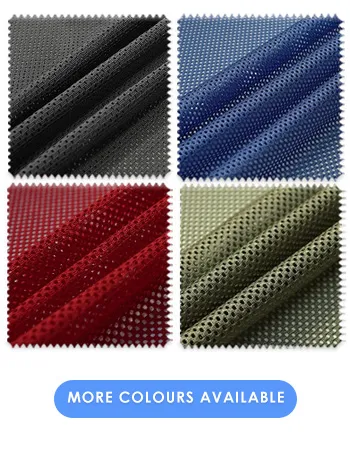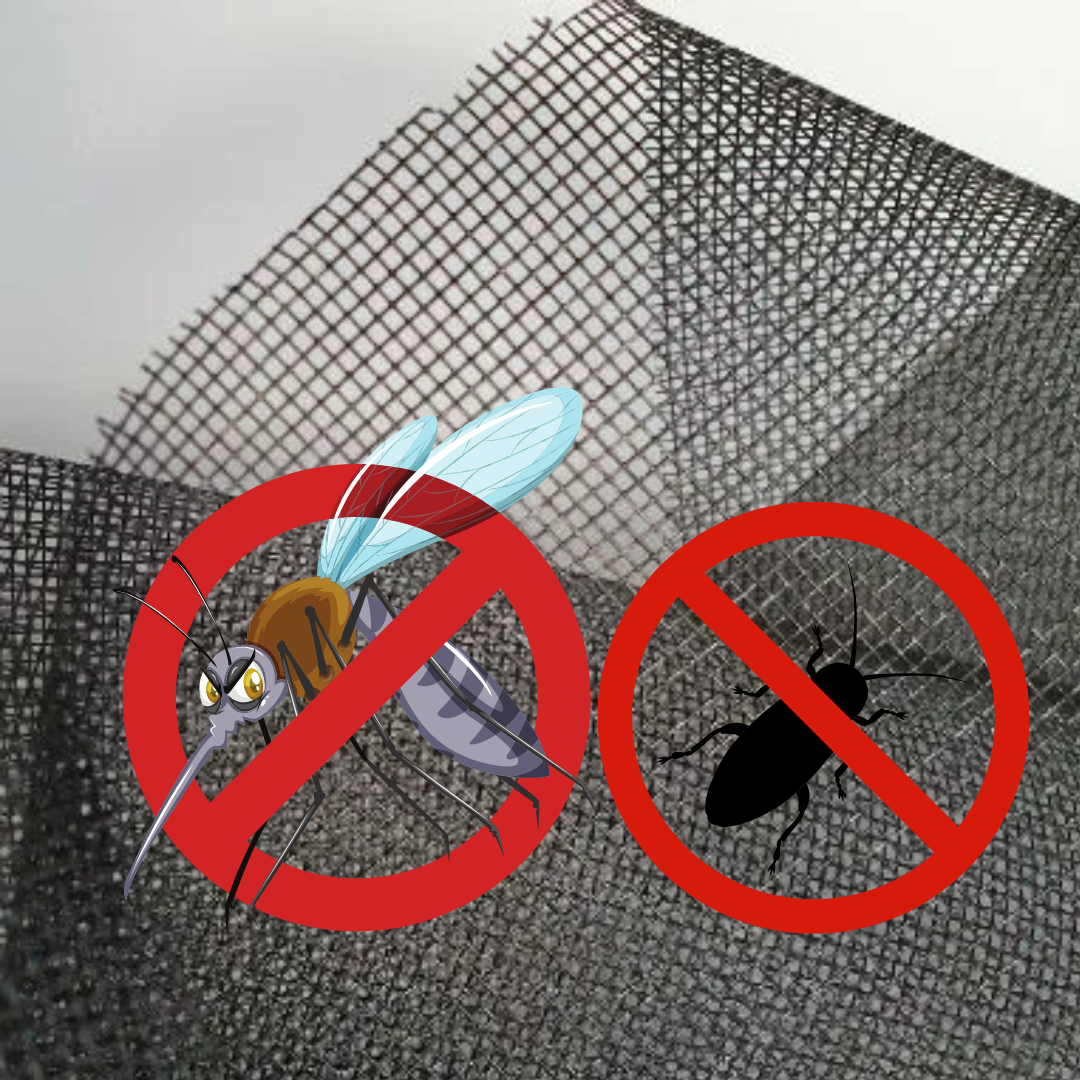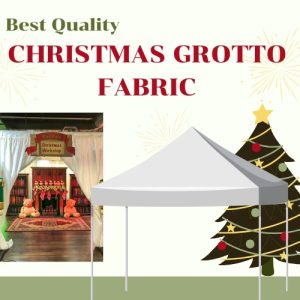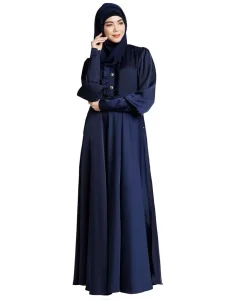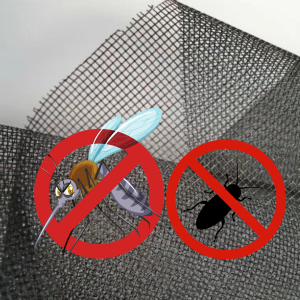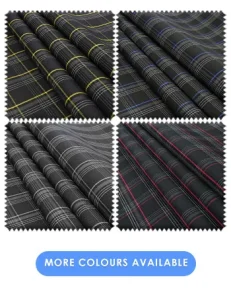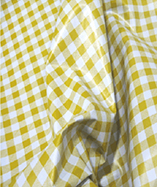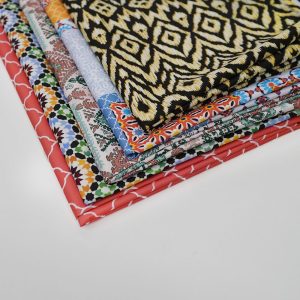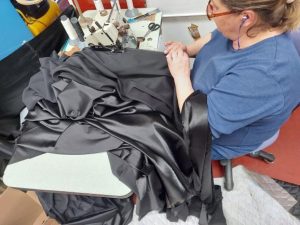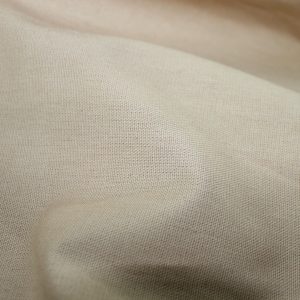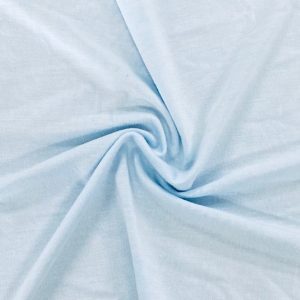Evenings and Mornings – You Need Awnings
Even though temperatures are falling, it is never too early to start thinking about the warmer days ahead and turn our thoughts to awnings. Not only do they provide shade to decks or patios, they can also be used for a number of ways outside the home as well as on the High Street.
An awning is typically made of canvas woven of acrylic, cotton or polyester yarn, or of vinyl laminated to polyester fabric that is stretched tightly over a light structure of aluminium, iron or steel or sometimes wood. An awning is usually attached to the outside wall of a building over a window, a door, or above the area along a pavement. Awnings are useful in providing shade for goods in the shop window known as shop blinds or butchers blinds or to protect customers in outside eating areas.
They can be of the flat sheet variety e.g. President blinds, which feature vandal-resistant controls and mechanisms, and are frequently to be seen in hospitals, schools, colleges and other public buildings. The traditional or Victorian awning, otherwise known as the Box-lot, has graced British shopfronts and private homes since the 1800s.
The strongest retractable awning available, with proven reliability it offers excellent sun and rain protection as well as style and presence. It is the natural choice where image and functionality matter, essential for outside dining areas, shop-fronts, bars, restaurants and hotels alike. One other very popular style of awning is the canopy type, also known as the Dutch blind, which is the most common inexpensive shop canopy seen on shops. Apart from its obvious ability to provide shade, the Dutch shop canopy is also a perfect three dimensional sign when graphically decorated.
Restaurants often use awnings wide enough to cover a substantial exterior area for outdoor dining, parties, or receptions. In commercial buildings, an awning is often painted with information such as the business name and address, acting both as a sign or advertisement as well as providing shade, breaking strong winds, and protecting from rain or snow.
But awnings are not just for shops and restaurants. By blocking incoming solar rays, they decrease cooling loads, which are among the biggest expenses for buildings. Take advantage of the fact that the sun travels across the sky in predictable arcs. In summer, awnings can intercept the near-vertical solar rays, while letting in the low-angle rays of winter. The farther north you are, the bigger the awning should generally be, since there will be greater variation in seasonal light. Domestic awnings give you the chance to expand your outdoor living space. This expansion takes little construction and is a relatively easy project to take on. They can even add value to your home. If made with the right waterproofing material, awnings allow you to keep rain off your patio, lawn, decking or just about anywhere else in your garden. The awning or sun shade will shelter you from the rain so you can enjoy your garden throughout the year.
Nowadays, awnings come in two basic types: manually operated models which are opened by hand and motorised models which are operated by electricity. Each offers its own advantages. The manual ones offer low-cost affordability and are easily adapted to almost any deck or patio. Motorised awnings are operated by an electric motor, generally hidden inside the roller bar of the awning. The arms open and close the awning at the touch of a wireless remote control or a wall-mounted switch. Modern awnings can be made with covers of various types of fabrics in a huge range of designs – the combination of the right colour pattern and awning design can add a particular elegance to your home, in addition to all the practical benefits. Complement your home, office or business with colour and style by choosing from a selection of handsome fabric patterns and designs – solids, stripes, tweeds – to create a unique look.
Fabric UK is your destination for all types of fabric. Whether you’re searching for fabric samples or purchasing by the meter, we make it easy to find exactly what you need.
You can order: Samples, Wholesale, Fabric by the meter
Fill Form for Free fabric samplesSimply visit our website at fabricuk.com or call us directly at 0121 359 2349 for any questions or inquiries.
Visit Our Fabric Showroom
Feel free to visit our fabric showroom anytime – no appointment is necessary!
KBT LTD, Carlton Business Centre, 132 Saltley Road, Birmingham, B7 4TH, United Kingdom
Email Us:
You can reach us at: info@fabricuk.com
Showroom Hours:
- Monday – Friday: 9:30 am – 6:00 pm
- Saturday: 10:00 am – 5:00 pm

